Articles
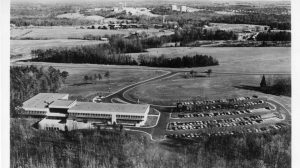
The UNC Charlotte Urban Institute is marking its 50th anniversary in 2019-20 with a five-part series recalling its history. Sources for these stories include interviews, newspaper articles, university documents and two books – Charlotte and UNC Charlotte: Growing Up Together by Ken Sanford and Dean W. Colvard: Quiet Leader, by Marion A. Ellis. In 1970, […]
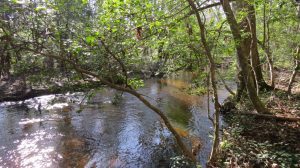
In the far southeastern tip of Montgomery County, where Moore, Richmond and Montgomery counties all converge, a stream with an evocative name flows: Drowning Creek. Drowning Creek is a high quality stream, which means it has little pollution and good aquatic diversity. The creek flows southward into the Lumber River, which was originally called Drowning […]
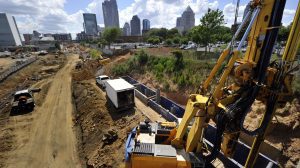
Charlotte officials moved one step closer to a regional transit plan this week, approving an agreement with other government agencies to hire a consultant and craft a vision for the city and a dozen surrounding counties. While the Charlotte Area Transit System’s $50 million request for funding to plan the Silver Line light rail has […]
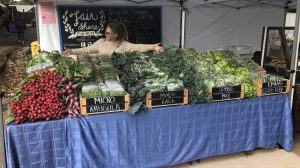
It’s Monday, and farmer Isaac Oliver begins his week at the computer. Out on their 72-acre Harmony Ridge Farms in Tobaccoville, Isaac and dad Kevin raise ducks, harvest eggs and grow produce. At the start of each week, Isaac emails his list of available products to nearly 70 restaurants in Charlotte, Winston-Salem, Greensboro, Raleigh and […]
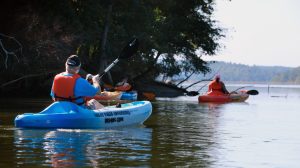
Where the hard rock of the Piedmont gives way to the sandy Coastal Plain, two company towns that lost their companies are looking for economic revival to the rivers that put them on the map. Great Falls in South Carolina and Badin in North Carolina grew up along the geologic fall line beside wild, majestic […]
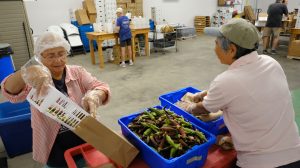
In any conversation about strengthening urban and rural connections, local food systems are usually suggested as the prime example. Images of farmers’ markets come to mind, where urban consumers have the opportunity not only to buy fresh fruits and vegetables but to get to know the growers and producers. The food system in reality is […]
The Charlotte region rose to prosperity on the strength of ties between its rural areas and urban center, but those ties have frayed in recent decades, with the decline of the textile industry and Charlotte’s emergence as an independent finance center. The first annual Schul Forum Series, hosted by the UNC Charlotte Urban Institute, will […]
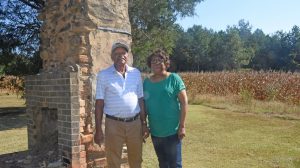
This story is one of seven vignettes in the series Rural by Choice: Navigating Identity in the Uwharries. The land at this particular crossroads in southern Randolph County has a storied history. It once belonged to Miles and Healy Lassiter, and some of it still belongs to their descendants, including Jerry Laughlin. Miles was born […]

This story is one of seven vignettes in the series Rural by Choice: Navigating Identity in the Uwharries. Newsom’s Jewelers was a fixture on Main Street in Troy for almost 50 years. Tracy Newsom Garner’s grandfather moved from High Point to start the business in 1952, following in the footsteps of his brothers, who’d opened […]

“A bus ticket and a bologna sandwich.” That’s a colloquial interpretation of the solution many economists suggest for addressing economic challenges in rural areas – move to a city where there’s more opportunity. While this school of thought acknowledges barriers that can make it difficult to relocate – education levels, job skills, housing costs – […]
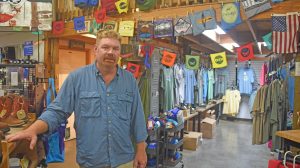
Hard-earned paychecks in the Uwharries are all too often spent at chain stores with headquarters in far-flung locations, or at restaurants and shops in large cities, sending cash from rural to urban areas instead of keeping it in the local economy. The Eldorado Outpost has helped reverse that flow. The Outpost was the brainchild of […]

This story is one of seven vignettes in the series Rural by Choice: Navigating Identity in the Uwharries. Education is often seen as the ticket out of a rural area. But the Robledo family has sought higher education – often in urban areas – to provide them with job opportunities so they can make their […]